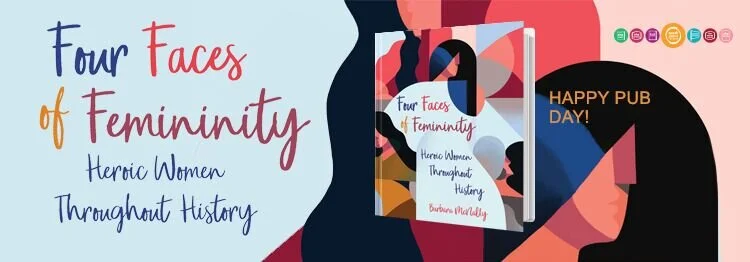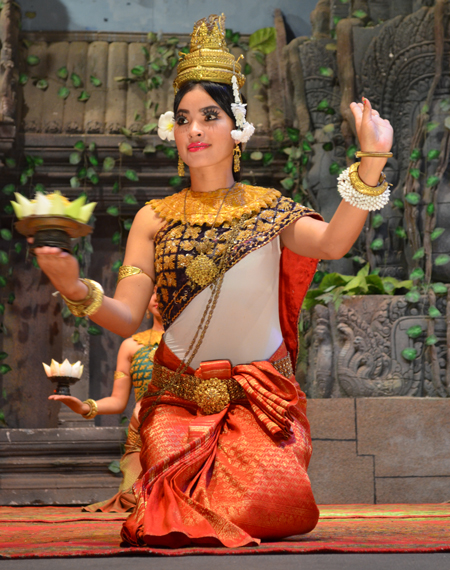San Diego Mayor Kevin L. Faulconer
in partnership with
Southern Caregiver Resource Center
present
Hidden Heroes Cities Summit
Thursday, March 2, 2017 9:30am – 2:00pm
Recital Hall at Balboa Park
2130 Pan American Road East San Diego, CA 92101
FREE conference for Military & Veteran Caregivers
For more information please contact 800-827-1008 or visit caregivercenter.org
To RSVP please click here
Join fellow military and veteran caregivers as we explore methods to build hope and resiliency. Participate in educational sessions on grief and loss, communication as key to advocating for yourself and your family, and planning and decision-making when your partner has a traumatic brain injury or post- traumatic stress disorder. Meet fellow caregivers and service providers and join us for breakfast, lunch, community resources and opportunity drawings.


















